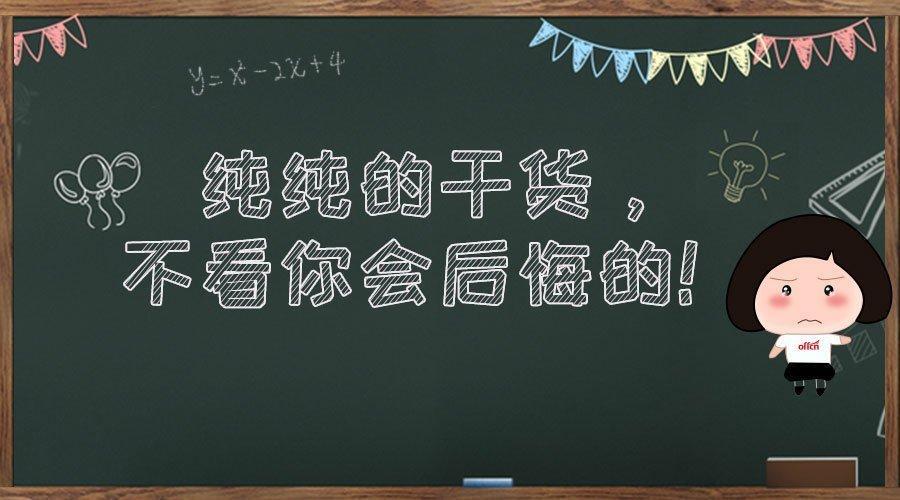前言
众所周知,大多数语言都是 switch-case 语句,但是作为红极一时的 Python,它却没有。今天,它终于来了。2021 年 2 月 8 日,指导委员会通过了 PEP 634, PEP635, PEP636,至此,Python 总算拥有了功能和 switch-case 相同的 match-case, 我们再也不用再写一连串的 if-else 了。
展示
单个匹配
即用一个参数同多种属性进行比较。
def http_error(status): match status: case 400: return "Bad request" case 401: return "Unauthorized" case 403: return "Forbidden" case 404: return "Not found" case 418: return "I'm a teapot" case _: return "Something else"
复制代码
如上,其中 case _意为当其他 case 都无法匹配时,就匹配这条,可以达到永远不会匹配失败的效果。
多个匹配
即使用 | 将多个匹配值组合起来。
... case 401|403|404: return "Not allowed"
复制代码
模式匹配
模式也可以是解包操作,用于绑定变量。
# 主题表达式是一个(x, y)元组match point: case (0, 0): print("Origin") case (0, y): print(f"Y={y}") case (x, 0): print(f"X={x}") case (x, y): print(f"X={x}, Y={y}") case _: raise ValueError("Not a point")
复制代码
注意,第一个模式中有两个字面量,可以看作是上述普通模式的加强版。但是后两个模式有些不同,元组中一个是字面量一个是变量,这个变量会捕获主题元组中的值。同理,第四个模式 case (x, y) 会捕获两个值,这在理论上与解包作业相似,就如同 point(x, y) = point。
数据类型匹配
如果使用了结构数据类,比如 dataclasses,可以用类似于构造函数 类名+参数列表 的形式,但是用来捕获变量。
from dataclasses import dataclass
@dataclassclass Point: x: int y: int
def whereis(point): match point: case Point(0, 0): print("Origin") case Point(0, y): print(f"Y={y}") case Point(x, 0): print(f"X={x}") case Point(): print("Somewhere else") case _: print("Not a point")
复制代码
关键字参数匹配
也可以使用关键字参数。下列关于 y, var 的模式都是等价的,并且都将属性绑定到了变量上。
Point(1, var)Point(1, y=var)Point(x=1, y=var)Point(y=var, x=1)
复制代码
模式嵌套
模式可以被简单粗暴的嵌套起来,例如我们有一组 points 的列表,就可以像这样匹配。
match points: case []: print("No points") case [Point(0, 0)]: print("The origin") case [Point(x, y)]: print(f"Single point {x}, {y}") case [Point(0, y1), Point(0, y2)]: print(f"Two on the Y axis at {y1}, {y2}") case _: print("Something else")
复制代码
条件模式
给模式添加 if 从句以充当门卫。如果为假,就移步到下一个 case。注意,模式捕获值发生在从句执行前。
match point: case Point(x, y) if x == y: print(f"Y=X at {x}") case Point(x, y): print(f"Not on the diagonal")
复制代码
子模式
子模式可以使用 as 捕获。
case (Point(x1, y1), Point(x2, y2) as p2): ...
复制代码
常量模式
模式可以使用命名的常量,且必须使用.以防止被解释为捕获变量。
from enum import Enumclass Color(Enum): RED = 0 GREEN = 1 BLUE = 2
match color: case Color.RED: print("I see red!") case Color.GREEN: print("Grass is green") case Color.BLUE: print("I'm feeling the blues :(")
复制代码
等同 is
某些字面量会被特殊对待,例如 None, False, True,是使用 is 完成匹配的。
例如:
match b: case True: print("Yes!")
复制代码
就完全等价与这样
... if b is True: print("Yes!")
复制代码













评论